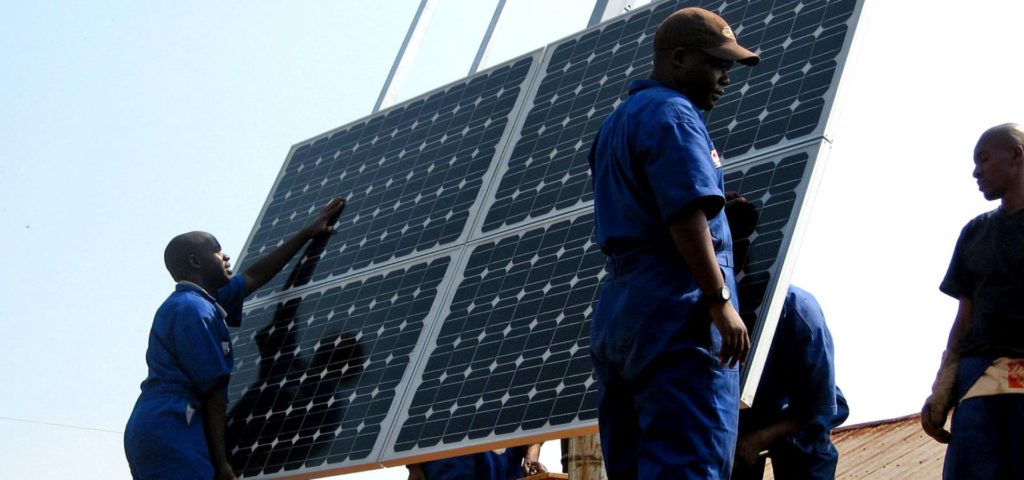
In a pivotal moment for South Africa’s energy future, the nation’s energy ministry, led by pro-coal minister Gwede Mantatashe, has unveiled a draft Integrated Resource Plan (IRP) that proposes a departure from previous climate ambitions. The plan suggests scaling back renewable energy projects and increasing reliance on gas, sparking controversy and concerns among energy analysts. This move contradicts South Africa’s existing just energy transition strategy, raising questions about transparency, long-term sustainability, and adherence to climate commitments.
Draft Integrated Resource Plan Highlights:
Released by the energy ministry, the draft IRP introduces a preferred scenario that envisions adding 6 gigawatts (GW) of new gas by 2030, while only incorporating 4.5 GW of new wind and solar between 2024 and 2030. These controversial assumptions, lacking detailed figures, have drawn criticism from energy analysts and environmentalists. The proposed plan represents a step back from the 2019 iteration, which aimed for renewables to constitute at least 33% of the energy mix by 2030.
Dependency Challenges and Risks:
South Africa, being the continent’s largest greenhouse gas emitter, heavily relies on coal, supplying over 80% of the nation’s electricity. Despite efforts to diversify the energy mix, regular power cuts, persisting since 2007, have impeded economic growth. The draft IRP’s inclination toward gas over renewables challenges South Africa’s commitment to climate goals and its approved just energy transition investment plan, which garnered $11.9 billion in financial commitments, largely aligned with climate commission recommendations.
Political Dynamics and Contradictory Agendas:
Minister Gwede Mantatashe, a former coal miner, has consistently advocated for public investments in coal, gas, and nuclear power, emphasizing energy security and economic development. The clash with Eskom’s former head, who supported a more ambitious renewable energy program, underscores the internal debates within South Africa’s energy leadership. The draft IRP reflects Mantatashe’s agenda, deviating from widely accepted models and exhibiting a lack of ambition, according to critics.
Uncertainty Surrounding Technical Details:
One of the primary concerns raised by energy analysts is the lack of technical details in the draft IRP. The absence of comprehensive information makes it challenging to assess the feasibility, cost-effectiveness, and environmental impact of the proposed plan. Without transparent technical specifications, the plan’s potential to deliver sustainable and affordable energy solutions remains uncertain.
Air Quality Standards and Compliance:
The draft plan also raises concerns about compliance with South Africa’s air quality standards, particularly in regions like Mpumalanga, where coal-related air pollution is a significant issue. The plan suggests finding a balance between energy security, health impacts, and economic costs associated with shutting down coal plants. With Eskom facing potential breaches of emission standards, exemptions until March 2025, and the prospect of removing up to 30 GW of coal capacity, navigating these challenges requires careful consideration.
As South Africa stands at a critical crossroads, the draft IRP has ignited debates about the nation’s commitment to climate goals, transparency in decision-making, and the feasibility of proposed energy pathways. The lack of detailed figures, the departure from previous renewable energy targets, and the emphasis on gas raise questions about the long-term sustainability and environmental impact of South Africa’s energy future. Public feedback on the draft plan is crucial, and the final approved version will shape the nation’s energy landscape for years to come.





